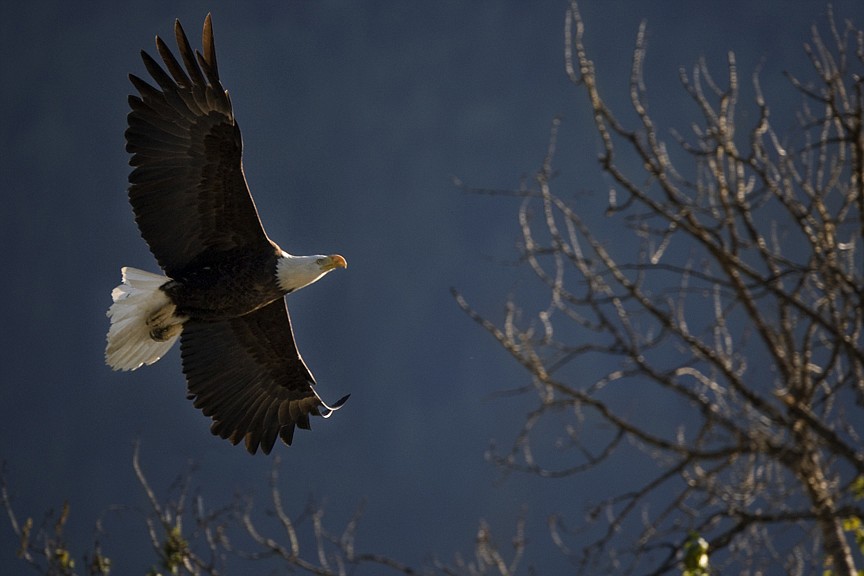Birding a therapeutic hobby during strange times
When the COVID-19 pandemic forced many people into quarantine back in March, I noticed some of my neighbors and peers on social media taking on brand new hobbies to combat the isolation.
Some took up painting...
Become a Subscriber!
You have read all of your free articles this month. Select a plan below to start your subscription today.
Already a subscriber? Login




